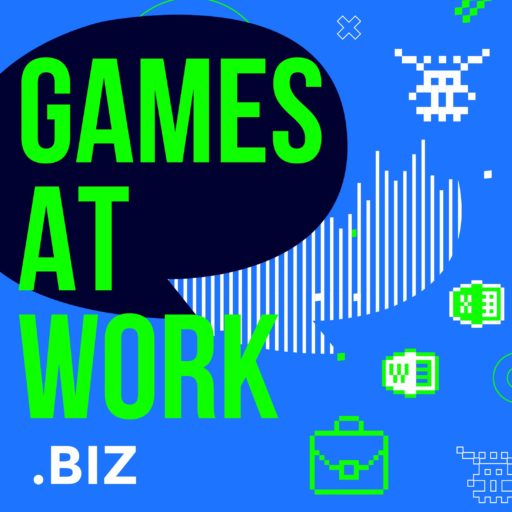
Published 31 March 2025
e507 with Michael, Andy and Michael – stories and discussion on AIs training humans, non-serindipious searching, doomed VR gaming, playlist portability and much more.
Michael, Andy and Michael get things started with a couple of AI articles dealing with how AI is training humans, and AI search results are impacting serendipity. Michael R points out that search engines used to bring people to you – and now, search engines are summarizing to the point where there’s not a need to bring users to the content.
After touching on a few of the Indy games from GDC2025, the cohosts talk about the latest article declaring that VR gaming is doomed. And not Doom – doomed. There are plenty of examples to the contrary, such as Civilization 7.
The team discusses the new LEGO Lord of the Rings set for Bilbo Baggins birthday party. It should be noted that there will be a designer signing event at the London flagship LEGO store at Leicester Square, next Saturday, 5 April for anyone who happens to be in town.
For the last main topic of this episode, the co-hosts unpack some stories on music sharing and playlist portability. First up is Napster, and the news that it will enable concerts in the metaverse. Andy noted that in 506 episodes, we have not ever brought up Napster (or at least tagged or put in the show notes). Last, the team discusses a couple of methods for moving your playlist from one streaming service to another.
Is your search history an accurate representation of you? Would you go to a concert in Napster? Have your bots 🤖 drop our bots 🤖 a line at @gamesatwork_biz (our home for now) and let us know!
These show notes were lovingly hand crafted by a real human, and not by a bot. All rights reserved. That’s our story and we’re sticking to it.
Selected Links
AI
The New Yorker article: Your A.I. Lover Will Change You
IMDb: Her
Wikipedia article: Replicas
Paul Stamatiou blog: Browse No More
GDC, Games, and VR
The Verge article: 7 cool indie games from GDC 2025
IMDb: Everything Everywhere All at Once
The Verge article: MainFrames is a charming platformer that takes place inside computers
Retrododo article: Prince Of Prussia Is A Free To Play Tribute To Wolfenstein & Jordan Mechner’s Prince Of Persia
PC World article: Game developers are losing faith in VR as a gaming market
Joseph Simpson, VisionPro blogger on Mastodon
Civilization VII VR coming in Spring 2025 announcement
LEGO
Slashfilm article: New Lord Of The Rings LEGO Set Builds A Brick Version Of The Shire (And The Dragon Firework)
Brickfanatics article: LEGO Icons The Shire designer signing event re-confirmed
Music
Ars Technica article: Napster to become a music-marketing metaverse firm after being sold for $207M
Wikipedia article: Napster
Obdura’s Playlisty
Games at Work e357: Real Reality, or Something for music portability
Last.FM Track My Music by scrobbling
Andy on Fireside Fedi
Fireside Fedi e7: Andy Piper – Mastodon (audio version)
Podcast: Play in new window | Download (Duration: 34:09 — 47.5MB) | Embed
Subscribe: Apple Podcasts | Spotify | Amazon Music | Android | Podcast Index | Youtube Music | RSS | More



